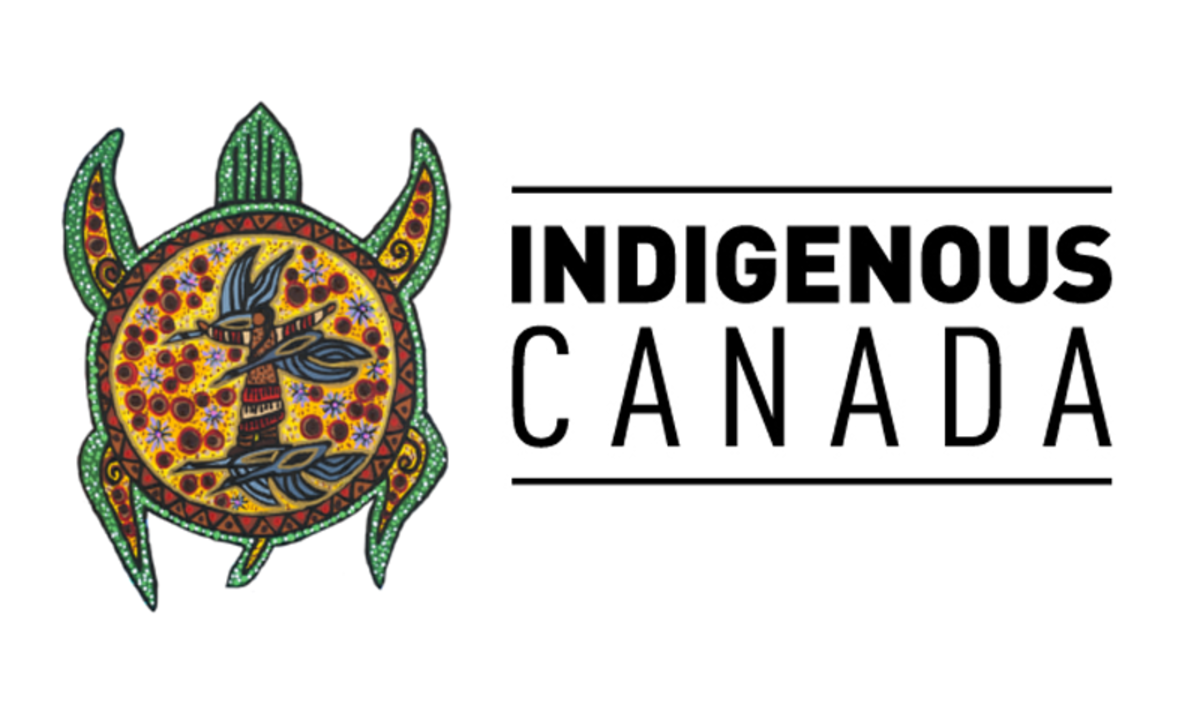GRATIS
University of Colorado Boulder vía Coursera
GRATISIndigenous Canada
Acerca de este curso
- Worldview
- In this introductory module, students learn the significance of stories and storytelling in Indigenous societies. We explore history that comes from Indigenous worldviews, this includes worldviews from the Inuit, Nehiyawak, Kanien:keha’ka and Tlingit peoples.
- Fur Trade
- This module discusses pre-contact trading systems between Indigenous peoples of North America with a focus on the geographical region of Canada. We examine the chronological events of contact with Europeans and the events leading up to, and during the fur trade. This module also explores the long lasting social, political and economic ramifications of the fur trade on Indigenous peoples.
- Trick or Treaty
- Examines Indigenous and settler perspectives of treaty making. Discusses the variation of treaties in Canada and the unique circumstances surrounding these events. Outlines the temporal and geographical history of the numbered treaties (beginning on the east) and ends with a discussion of the historical events and policies leading up to Métis scrip.
- New Rules, New Game
- This lesson begins with a discussion about what is distinctive in Indigenous legal traditions. Explores impacts of policies put in place as British North America attempted to solidify itself geographically and socially. Examines the ways in which the Indian Act contributed to assimilation.
- “Killing the Indian in the Child”
- Outlines characteristics of teaching and learning in Indigenous communities, and discusses how relationships were critical in teaching and learning. Traces the development and implementation of the Residential school system in the period after Confederation. Discusses intergenerational impact of Residential school system and the creation of the Truth and Reconciliation Commission.
- A Modern Indian?
- This lesson examines the burgeoning resistance of Indigenous leaders and the formation of Indigenous-led organizations as the Canadian government employed strategies to encourage assimilation of Aboriginal peoples and communities into mainstream society, specifically relating to urbanization.
- Red Power
- In this lesson students will learn about key characteristics of a few different Indigenous political structures and the impacts of colonialism on these structures (e.g. Indian Act, Red Power/AIM, White Paper, Red Paper -Citizens Plus) Concepts explored include self-government, self-determination, and Indigenous resurgence.
- Sovereign Lands
- Utilizing contemporary and traditional examples, this lesson connects Indigenous worldviews and traditional ecological knowledge. As well, this lesson traces the historical impacts of settlement. Discusses key concepts of case law associated with Aboriginal title, rights to land and resources. List the on-going threats to Indigenous lands and how these threats and challenges are being addressed.
- Indigenous Women
- Exploring Indigenous concepts of gender, and the traditional roles and responsibilities, this lesson then moves into an examination of how colonization can be characterized as a gendered project. Identifies some concrete examples of the impact of colonialism on Indigenous women.
- Indigenous in the City
- Looking critically at the statement: “Cities are the place where Aboriginal culture goes to die”, this lesson explores sites of urban Aboriginal agency/active participation, urban Aboriginal governance practices, and urban reserves.
- Current Social Movements
- What is an Indigenous concept of community? How do Indigenous people form communities traditionally and today? This module will explain how social and environmental activism can mobilize and create communities. This module identifies key moments such as the Oka Crisis, Idle No More and Missing and Murdered Indigenous Women and Girls are grassroots resistance movements.
- ‘Living’ Traditions – Expressions in Pop Culture and Art
- Finally, we will explore how geographical location, trading networks and partnerships have influenced Indigenous art in the past. As well, we will examine contemporary iterations of Indigenous art and explore some of the artistic responses of Indigenous artists, musicians, and writers to the impacts of colonialism.
Cursos relacionados

GRATIS Aprendiendo a aprender: Poderosas herramientas mentales…
Deep teaching solutions
Español

GRATIS Programación para todos (Introducción a Python)
University of Michigan
Inglés

GRATIS The Science of Well-Being
Yale
Inglés

GRATIS Negociación exitosa: Estrategias y habilidades esenciales
University of Michigan
Inglés

GRATIS Primeros Auxilios Psicológicos (PAP)
Universitat Autónoma de Barcelona
Español

